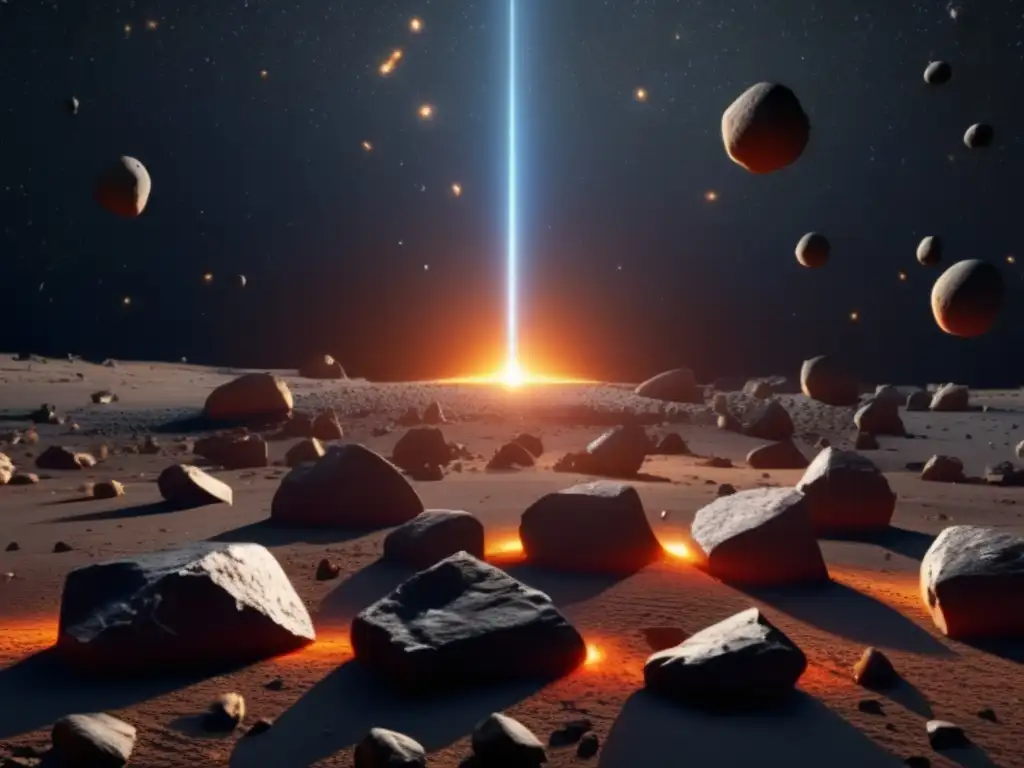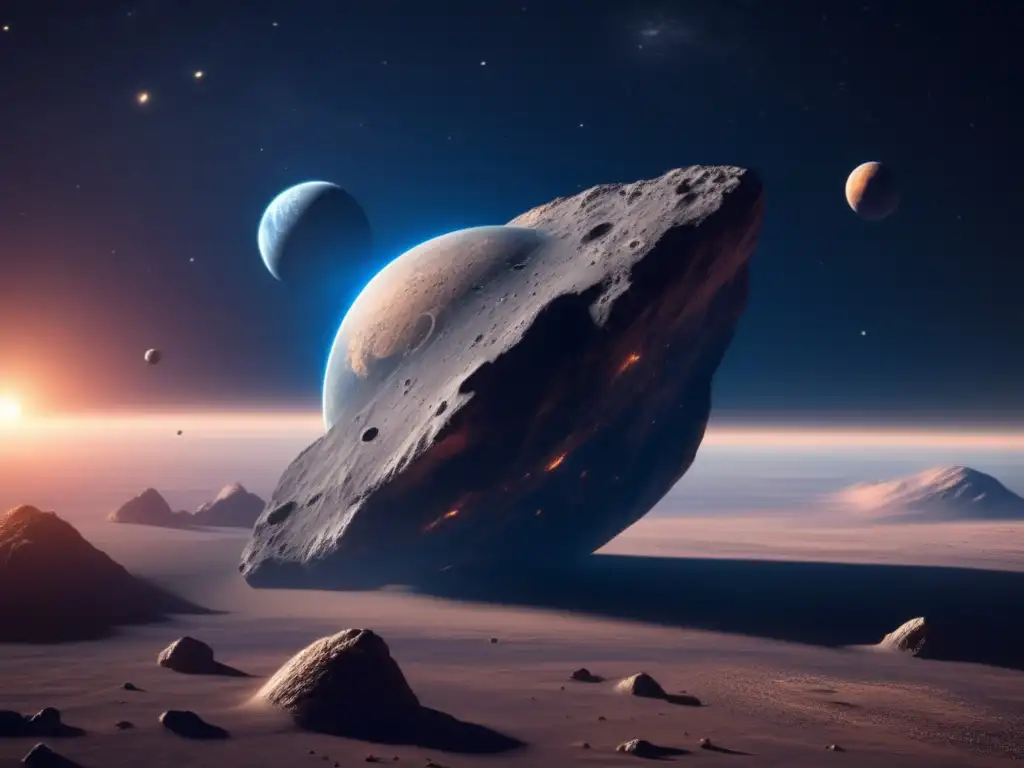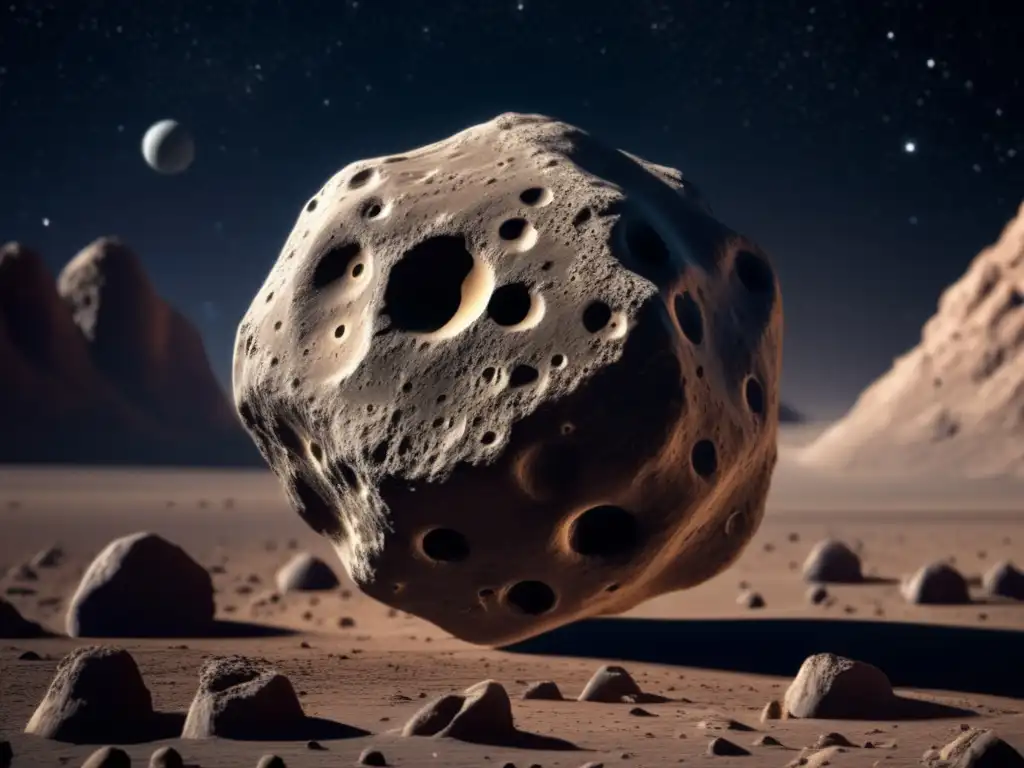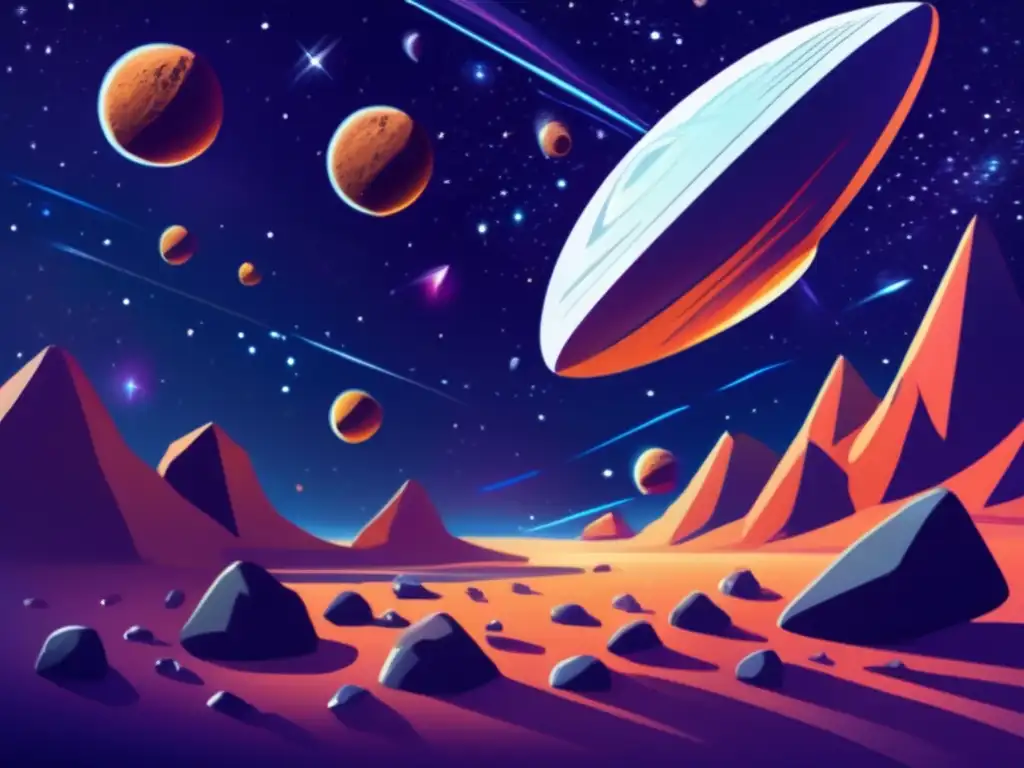The Mystery Surrounding The Asteroid Nemesis

Introduction
Asteroids have always captured the curiosity and imagination of humankind. They are celestial objects that orbit the sun, much like planets, but are smaller in size. These rocky remnants from the early formation of our solar system hold valuable information about its history and evolution. Among the countless asteroids that have been discovered, one stands out for its enigmatic nature and captivating aura: the asteroid Nemesis.
The Discovery of Nemesis

Uncovering the Enigma
In 1984, astronomers David Raup and Jack Sepkoski introduced the concept of Nemesis as a hypothetical celestial body responsible for periodic mass extinctions on Earth. They proposed that this companion star, possibly a brown dwarf or a red dwarf, might orbit the sun at such an enormous distance that it remains undetected.
The Extinction Event Connection
Nemesis gained significant attention due to its alleged role in causing extinction events on Earth. According to the Nemesis hypothesis, its highly elliptical orbit disturbs the Oort Cloud, a region of icy bodies located beyond Pluto, sending them into the inner solar system, where they collide with the Earth, resulting in catastrophic events. However, the existence of Nemesis as the cause of extinctions remains highly debated among scientists.
Searching for Evidence
Astronomers have conducted extensive surveys and searches for evidence of Nemesis. Using various methods, such as infrared surveys and gravitational perturbations, they hope to detect the faint signature of this elusive star lurking within the depths of space. So far, these searches have not provided conclusive evidence for the existence of Nemesis.
Theories and Speculations

The Nemesis Paradox
One prevailing theory suggests that the lack of evidence for Nemesis might be due to the misinterpretation of the fossil record. It posits that mass extinctions occur in a more random and irregular fashion, rather than being correlated with a regular cycle caused by an external force. This contradiction, known as the Nemesis Paradox, raises intriguing questions about the true nature of Nemesis and the causes of extinction events.
The Cosmic Tug-of-War
Another speculative hypothesis proposes that instead of a brown dwarf companion, Nemesis could be a massive asteroid or a swarm of asteroids, responsible for gravitational disturbances in the outer solar system. This idea aligns with the growing body of evidence supporting the significant influence of asteroids on the dynamics of the solar system.
The Hunt Continues
Despite the mysteries surrounding Nemesis, astronomers remain committed to the search for this elusive celestial object. The advancement of technology and the development of innovative observational techniques offer hope for future breakthroughs in solving the Nemesis puzzle.
Frequently Asked Questions

-
Is Nemesis responsible for mass extinctions on Earth?
The connection between Nemesis and mass extinctions is still a subject of scientific debate. While the Nemesis hypothesis provides a possible explanation, conclusive evidence linking it to extinction events remains elusive.
-
Why hasn't Nemesis been detected yet?
Nemesis, if it exists, is likely located at an enormous distance from the sun. Its faint signature and potential orbital irregularities make its detection challenging using current observational methods.
-
Are there other candidates for causing mass extinctions?
Apart from Nemesis, scientists have proposed various other theories, such as asteroid impacts, volcanic activity, and climate change, as potential causes of mass extinctions on Earth.
-
How can we study asteroids like Nemesis?
Scientists use telescopes, space probes, and remote sensing techniques to observe and analyze asteroids. Advances in technology continue to enhance our understanding of these celestial objects.
-
What are the future implications of finding Nemesis?
If Nemesis is discovered, it would significantly contribute to our knowledge of the solar system's dynamics and provide insights into the potential existence of hidden celestial bodies.
Conclusion
The mystery surrounding the asteroid Nemesis continues to captivate astronomers and enthusiasts alike. While its existence remains unconfirmed, the possibilities presented by Nemesis open up exciting avenues of research in the field of asteroid science. As we delve deeper into the secrets of our universe, it is essential to approach our quest for knowledge with an open mind and a willingness to embrace the unknown. The search for Nemesis serves as a reminder of the vastness of our universe and the wonders that await discovery.
Join the discussion about asteroids and the mysteries of the cosmos in the comments section below. Be sure to subscribe to Asteroid Realm for more intriguing articles and share this piece on your favorite social networks to spread the fascination of asteroids. Thank you for exploring the captivating world of asteroids with us!
Additional Resources

For further information on asteroids and related topics, please refer to the following resources:
- NASA: Asteroids
- European Space Agency: Asteroids
- NASA Solar System Exploration: In-Depth - Asteroids
 Discovering The Unusual Binary Asteroid Patroclus-Menoetius
Discovering The Unusual Binary Asteroid Patroclus-Menoetius What Makes Asteroid Themis Unique?
What Makes Asteroid Themis Unique? Asteroid Icarus: The Sun-Grazing Asteroid
Asteroid Icarus: The Sun-Grazing AsteroidIf you want to discover more articles similar to The Mystery Surrounding The Asteroid Nemesis, you can visit the Asteroid Profiles category.
Leave a Reply

Articulos relacionados: